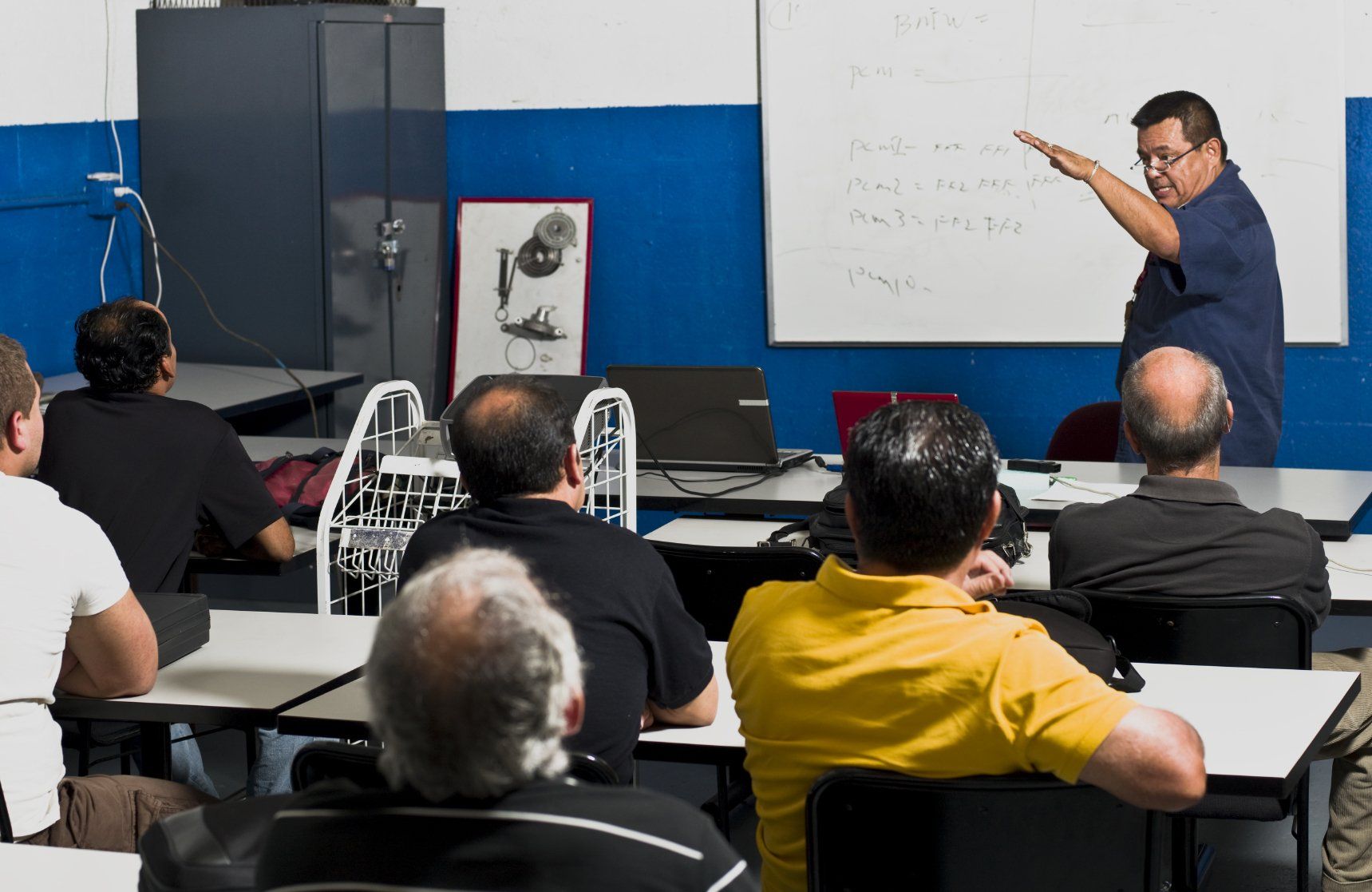
Training venues serve as an essential element in the success of any training program or event. It is crucial to view a training venue before you hire it to ensure that it meets your needs and requirements. Here are some reasons why it is important to view a training venue before you hire it:
Here are some tips for viewing a training venue before making a booking:
-
Determine your needs: Before you start looking at venues, it's important to consider what you need from the space. This includes the size of the venue, the layout, the amenities, and any special requirements you may have.
-
Take a tour: It's always a good idea to visit the venue in person to get a feel for the space. This will allow you to see the layout and amenities, and ask any questions you may have.
-
Check the location: Consider the location of the venue and how easily accessible it is for attendees. Is it located near public transportation or is there ample parking?
-
Consider the cost: Make sure to compare the cost of the venue to other options and ensure that it fits within your budget.
-
Ask about setup and breakdown: If you'll be setting up and breaking down your own event, make sure to ask about the logistics of doing so at the venue.
-
Get references: If possible, try to get references or reviews from other organizations or individuals who have used the venue. This can give you a sense of the venue's reliability and reputation.
-
Make sure there are contingency plans: It's always a good idea to have backup plans in case something goes wrong. Ask about the venue's contingency plans for emergencies, power outages, or other issues that may arise.

But there are a few things that need to be considered before booking a meeting room.
Conferencing equipment
First of all, you need to decide how you want to use the meeting room, for example, if it is to be used for video conferencing or not, are you using it for training or presentations, and what is the intention of the event. It is best to do this earlier in the booking process so that you can either make your decision early on or give yourself some flexibility.
Schedule
The most important thing is to factor in your usual meetings as you’re arranging them. Perhaps you have a regular team meeting, once a week, or twice a month. However, you don’t want the room to be booked out for this very often, instead use it for any meeting that will require a larger than usual space, for example, giving a presentation to group of senior directors or investors, holding a meeting with a prospective client or
investor, a training event for your marketing team or a training session for your sales team. Always consider your schedule before booking a meeting room. For instance If it's a long-term booking you can hire your meeting rooms from us at a discounted rate.
Location
You might not think of a conference room as being very important in the architecture of the building. But there is a lot of research that goes into deciding on the best location for each conference room and how you can best use the space to the best effect. For example central London can be extremely expensive - the best bet is somewhere just outside of it but has simple transport links to get to.
Capacity
Like the type of meeting room you require, you also need to look at the number of people it will accommodate. Will it be for 10 people, 20 people, 100 people, or more? This will influence the price and often the room is available on a first come first serve basis.
Room hire price
Consider price not only on a monthly basis but also on a yearly basis. These tend to be significantly cheaper over the longer term. But it is important to factor in the cost of hiring a meeting room and possible change fees. Go for a cost effective option for the longest term and budget for any change fees that may come with the bookings.
All these things should be taken into consideration when you are planning to hire and book a meeting room for your next training session.
Hope you have found this useful!











